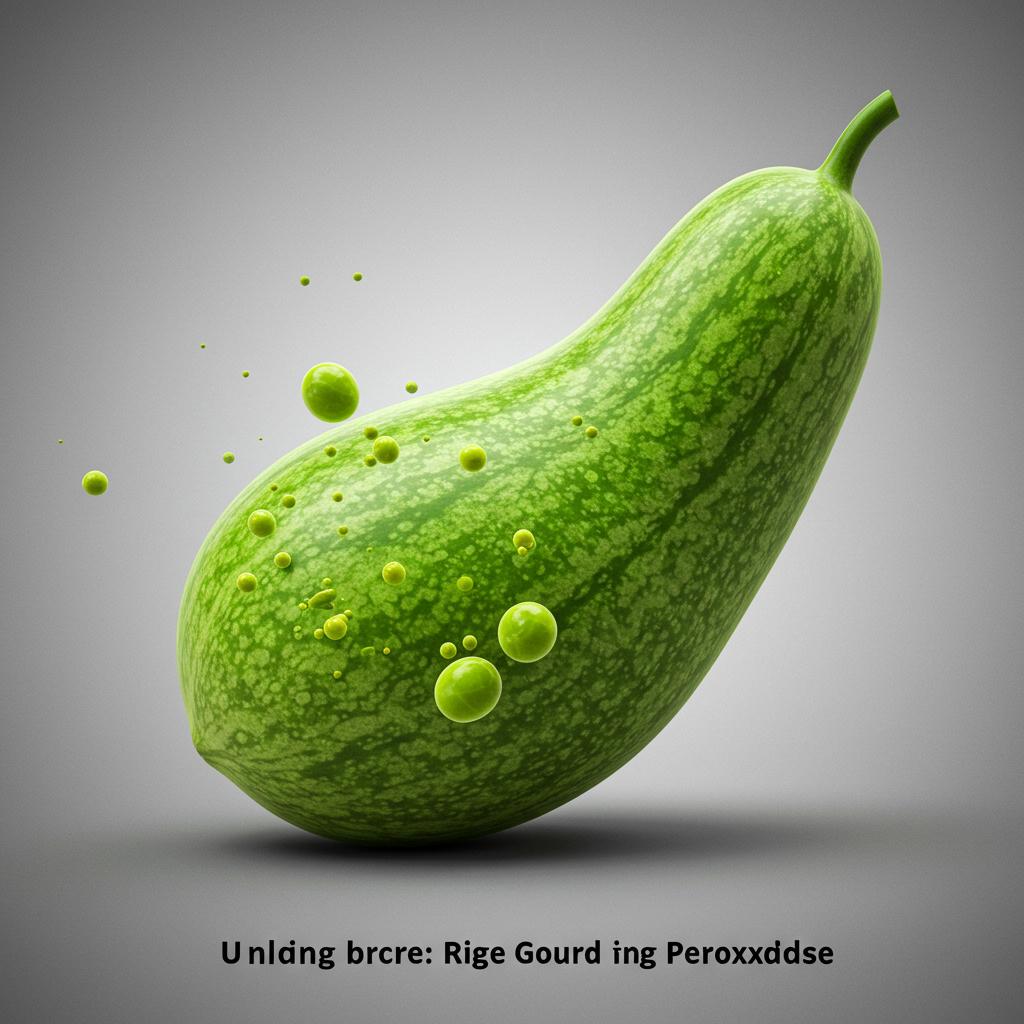
Ever heard of peroxidases? They’re like tiny protein machines found in everything from plants to people, and they play a crucial role in a wide array of chemical reactions. Specifically, they’re oxidoreductases, meaning they’re experts at facilitating oxidation and reduction reactions – the processes of gaining and losing electrons. These enzymes have garnered a lot of attention lately because they’re incredibly efficient, highly specific, and especially good at working with phenolic compounds, a type of organic molecule found in many plants. They’re like specialized tools that can perform intricate chemical transformations.
Think of them as nature’s little catalysts, sparking reactions that are essential for life. Because of their impressive capabilities, peroxidases are being explored for use in various biotechnological applications, from cleaning up pollutants to creating new materials.
In a recent study, scientists took a deep dive into a specific peroxidase found in the ridge gourd, Luffa acutangula. They called it LPrx, and they used some clever bioinformatics tools to unravel its secrets. Essentially, bioinformatics lets researchers analyze biological data, like the genetic code of an enzyme, using computer algorithms. This gives them a powerful way to understand how an enzyme works at a molecular level.
Here’s a breakdown of what they found:
- Family Ties: Using a technique called phylogenetic analysis, the researchers mapped out LPrx’s evolutionary history and found that it’s related to other peroxidases in plants, suggesting they share a common ancestor way back when. It’s like tracing a family tree for enzymes!
- Multi-Talented Enzyme: The researchers also dug into LPrx’s functions. They discovered it’s involved in oxidation-reduction reactions (no surprise there!), binding to heme (an iron-containing molecule), and acting like a typical peroxidase. It’s also a champion at scavenging hydrogen peroxide, a potentially harmful byproduct of many biological processes.
- Molecular Matchmaking: To understand how LPrx interacts with other molecules, the scientists used a technique called molecular docking. Imagine trying to fit puzzle pieces together – that’s essentially what happens in molecular docking. They virtually “docked” various small molecules (ligands) with LPrx to see how well they fit together. These ligands included compounds like guaiacol, cresols, catechol, and several others. This helps understand the enzyme’s catalytic activity and substrate specificity.
This research on LPrx is more than just a deep dive into the inner workings of a single enzyme. It has broader implications for several fields:
- Proteomics: Understanding how proteins, like LPrx, function is crucial for advancing proteomics, the study of the complete set of proteins in an organism.
- Biochemistry: This work contributes to our fundamental knowledge of biochemical processes, particularly those involving oxidation and reduction.
- Biotechnology: The unique properties of LPrx could be harnessed for various biotechnological applications, such as developing new biosensors or biocatalysts.
- Biotransformation: LPrx holds potential for biotransformations, the process of using enzymes to modify organic compounds. This has implications for everything from pharmaceutical development to creating new bio-based materials.
This research opens exciting avenues for exploring the potential of peroxidases like LPrx. By understanding their intricate workings, we can unlock their full potential for various applications, creating innovative solutions for a sustainable future. For more in-depth information, you can refer to the supplementary material available online.
